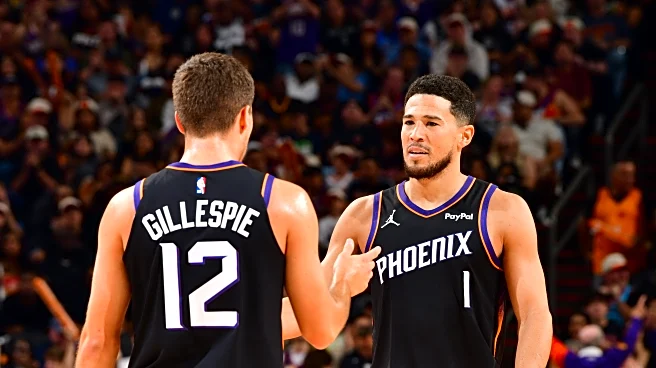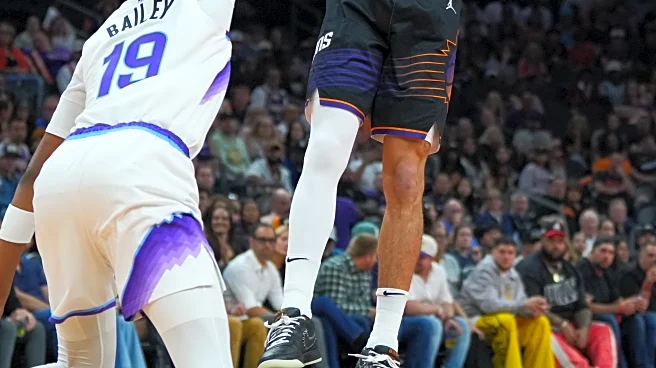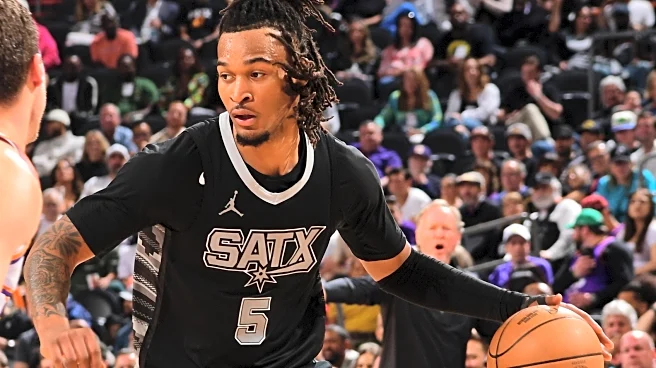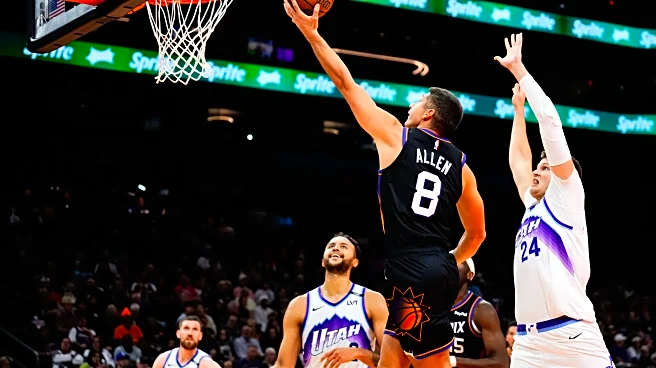Before the season started, I told myself that after ten games, we could hope for a balanced record. Maybe 6-4 if we managed to snag a few solid wins. The Spurs were clearly not in that category. I couldn’t
imagine us winning this game, especially against a team led by a Wembanyama in full ascent. And yet, the Phoenix Suns’ game plan may have produced the worst performance of the Alien’s career. Let’s take a closer look.
The Suns as Underdogs
Before this game, the two teams were completely at opposite ends of the spectrum. The Suns were stuck near the bottom of the Western Conference with just two wins, frustrating results, and a defense far from expectations.
On the other hand, the Spurs were the league’s trending franchise, riding a phenomenal start to the season from Victor Wembanyama — around 30 points, 14 rebounds, and 5 blocks per game — alongside a team ranked in the top 10 for both offense and defense. They were 5-0 and the clear favorites.
As a Phoenix fan, I wondered: how were we going to defend this monster? Who would guard him? How would a small team, still figuring itself out defensively, manage such a challenge? The answer: Jordan Ott found the perfect system to counter the Frenchman.
But before we get into tactics, let’s talk numbers.
The Numbers
Wemby finished the game with just 9 points (only 2 after three quarters), 9 rebounds, 2 assists, and 6 turnovers, shooting a true shooting percentage of 32%.
It was catastrophic. In this game, his PSA (Points Scored per 100 Shot Attempts) was 64.3, the worst since his rookie season.
The same goes for his ratios: AST% at 8% and TOV% at 31.6%. Again, numbers not seen since his rookie year.
Phoenix’s defense prevented him from accessing his preferred zones. This season, Wembanyama normally takes 42% of his shots in the paint, 41% mid-range (26% from short mid), and only 17% from three. Against the Suns, it was a completely different story: 36% in the paint, 29% mid-range (14% short mid), and 36% from three (via CleaningTheGlass.com).
The Wemby Trap
The Suns didn’t just defend well. They invented a plan. The “Wemby Trap”.
To better visualize the Suns’ defensive plan, here’s a simplified map of the Wemby Trap. It breaks down, step by step, the defensive choices and coordinated actions that limited Wemby, from the moment he received the ball to the final outcome. A clear way to understand how every rotation and double-team fits into the overall strategy:

It is a defensive structure designed to isolate him, force him away from his usual spots, and trap him in a space and a game he no longer controls. The goal is clear: push him out of his comfort zone, like in the clips below:
Or this:
It starts with coordinated help and pressure. The objective was first to isolate him, deny him the ball (both high post and low post), and then initiate double-teams, executed with surgical precision: never too early, never too deep, just as he began his move:
The aim wasn’t to snatch the ball but to slow him down, make him doubt, and turn the possession static, forcing mistakes and difficult shots. The idea wasn’t to trap him in a classic double-team, but to cut off all his natural reference points:
Even here, while he was in a run:
The plan also imposed rare physical impact and density, no matter where he was on the court. There was always someone in his bubble: Ryan Dunn or Mark Williams in the paint, Royce O’Neale and Nigel Hayes-Davis mid-range. Sometimes 3 or 4 defenders in the key, as seen here at the very start of the game:
Jordan Ott’s plan was flawless. He exploited apparent weaknesses — lack of size and elite 1v1 defensive talent to guard Wembanyama — and combined them with Phoenix’s strengths: speed, athleticism, and communication, to create this anti-Wemby strategy.
Of course, Wemby wasn’t helped by his teammates’ poor shooting. But this “anti-Wemby” plan is the perfect example of how to limit him: everything was executed flawlessly. The question now is whether other teams will be able to replicate this type of game plan.












